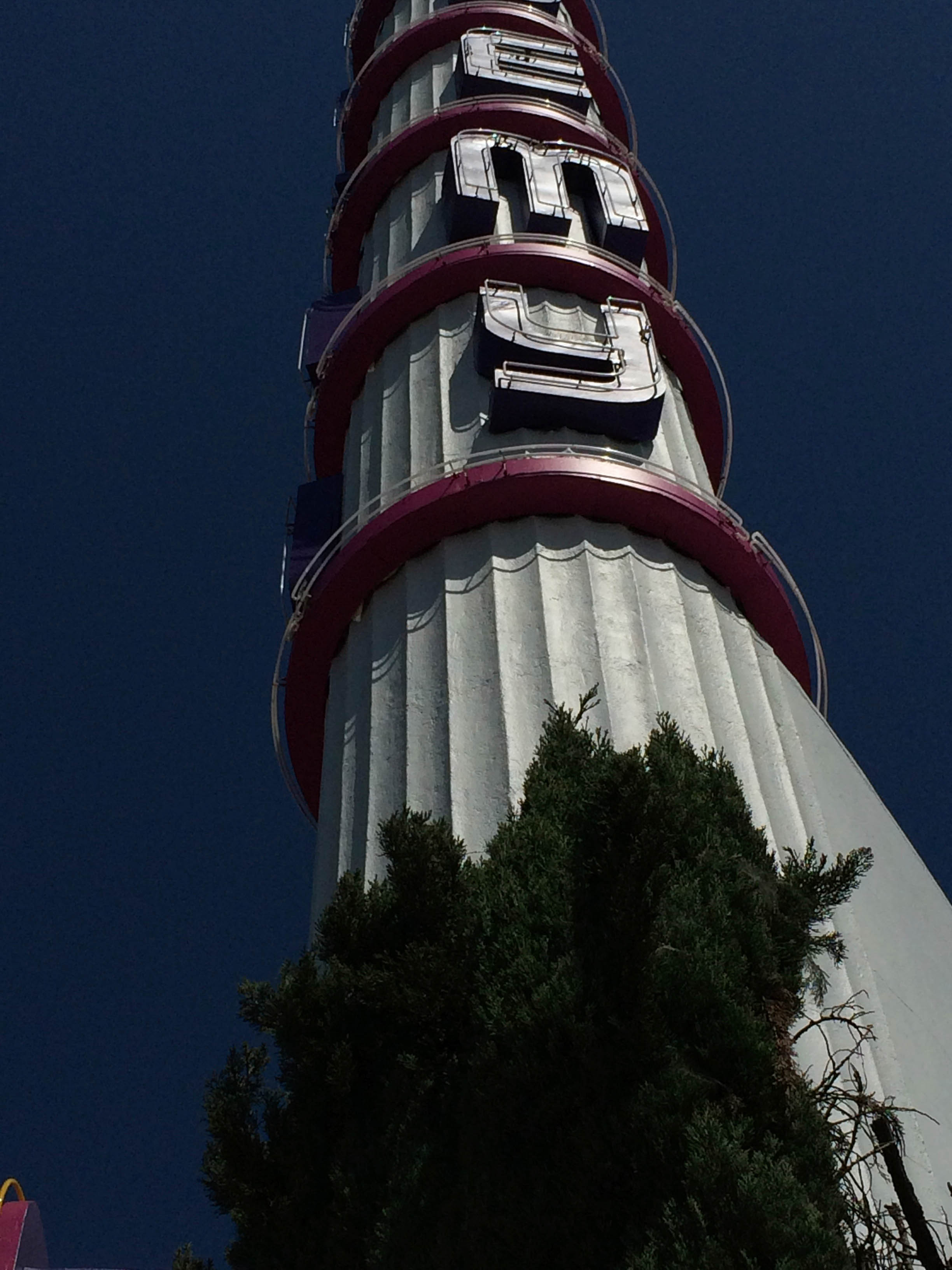


According to the LAOkay web site, this adobe was built where the present baseball field is in the park. Later, Avila constructed a three-room adobe house on a slight rise overlooking the creek that ran from Centinela Springs all the way to the ocean. Mexican era The Centinela Adobe was built in 1834 by Don Ygnacio Machado, a Californio ranchero who owned Rancho Aguaje de la Centinela. These settlers, she wrote, were ordered by the officials of the San Gabriel Mission "to graze their animals on the ocean side of Los Angeles in order not to infringe on mission lands." As a result, the settlers, or pobladores, drove some of their cattle to the "lush pasture lands near Centinela Springs", and the first construction there was done by Bruno Ygnacio Ávila, who received a permit in 1822 to build a "corral and hut for his herders." : unpaged The area that is now Inglewood was divided into two rancho grants: Rancho Sausal Redondo and Rancho Aguaje de la Centinela. The original settlers of Los Angeles in 1781, one of whom was Spanish soldier Jose Manuel Orchado Machado, "a 23-year-old muleteer from Los Alamos in Sinaloa". Spanish era Much of Inglewood was originally part of Rancho Sausal Redondo, granted in 1837 to Antonio Ygnacio Ávila, of the prominent Ávila family of California. Local historian Gladys Waddingham wrote that these springs took the name Centinela from the hills that rose gradually around them, and which allowed ranchers to watch over their herds," (thus the name centinelas or sentinels). Park (known for most of its history as Centinela Park). The earliest residents of what is now Inglewood were Native Americans who used the Aguaje de Centinela natural springs in today's Edward Vincent Jr. History The Aguaje de Centinela was a spring used by Native Californians, Californios, and early Americans. The city is in the South Bay region of Los Angeles County, near Los Angeles International Airport. It was incorporated on February 14, 1908. Census, the city had a population of 107,762. They can watch the news, and they can ask, are we real Americans? You know, is there a qualifier in front of that? And so positioned between them, as this sort of middle aged writer, I wanted to write a book about what it's like from all of their perspectives.Inglewood is a city in southwestern Los Angeles County, California, United States, in the Los Angeles metropolitan area. And my my own kids are reaching an age, too, where they're asking questions. And they've been in America for decades, more than 50 years. But I'm also reaching age where my own parents are, you know, aging.
Charles yu inglewood ca tv#
This story to me came at a time in my life when, yes, I'd been working in TV for a couple of years. And yet, at least from my perspective, there can be still a feeling of, it doesn't seem to add up. Chinese Americans and Taiwanese Americans and other Asian American groups have excelled in various fields. And I wanted to tell a story about that guy."īook Reviews Experimental Fiction At Its Finest - And Funniestįor me - and that really gets at the impetus for writing the book, and writing it this way - I think what I was trying to get at with telling the story this way was capturing something about the feeling of what it's like to be not the center of the action. And you have the two leads and they're in the foreground and it's their story, and way in the background, almost out of focus, is a guy unloading a van. "We've all seen Law & Order, and every few seasons it seems like they do an episode set in Chinatown. Yu says Willis lives a kind of marginal existence. But for now, he's the star of Interior Chinatown, the new novel from Charles Yu, an award-winning writer for Westworld and other shows.
Charles yu inglewood ca movie#
Willis hopes one day to be a Kung Fu Guy on movie screens around the world. You kind of know the show: She's an accomplished young detective, he's a third-generation cop, together they are Black and White, and they solve impossible cases. Willis Wu is often seen as a generic Asian Man in a restaurant or the background of a crime scene on a television drama called Black and White.

Your purchase helps support NPR programming. Close overlay Buy Featured Book Title Interior Chinatown Author Charles Yu


 0 kommentar(er)
0 kommentar(er)
